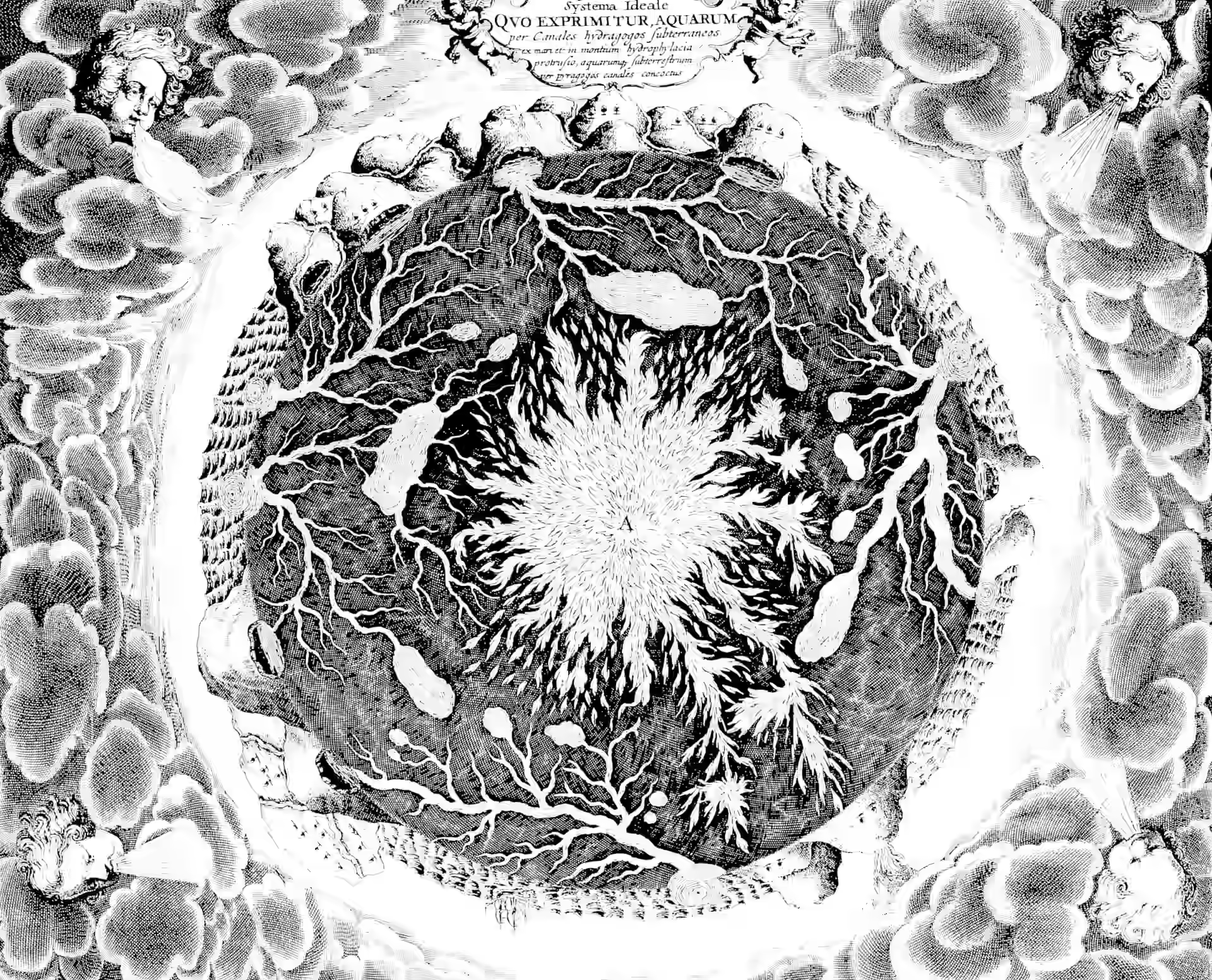Geoscience
2020-09-11 — 2023-07-19
Wherein tools for modeling Earth’s surface and planetary-scale rocky processes are presented using Landlab and Geostack, and software for high-performance geospatial processing and generation of random 3D geological models is cited.
Tools for understanding dynamics of spatial/spatiotemporal processes where those processes are made of rocks, and the size of a planet.
1 Tools
- Pangeo: A community platform for Big Data geoscience
- csiro-dcfp/pangeo_hpc: Scripts and advice for running Pangeo with
dask-jobqueueon (some) Australian HPC systems - Spatio-Temporal Statistics with R
…is a toolkit for high-performance geospatial processing, modelling and analysis.
Some highlights of Geostack include:
- Range of programmable geospatial operations based on OpenCL, including map algebra, distance mapping and rasterisation.
- Data IO for common geospatial types such as geotiff and shapefiles with no dependencies.
- Implicit handling of geospatial alignment and projections, allowing easier coding of geospatial models.
- Python bindings for interoperability with GDAL/RasterIO/xarray/NetCDF.
- Built-in computational solvers including level set and network flow models.
More information and build guides are on our wiki.
Geostack can be installed for Python using conda.
gstat does certain R geostats.
landlab (Barnhart et al. 2020; Hobley et al. 2017; Hutton et al. 2020)
… is an open-source Python-language package for numerical modelling of Earth surface dynamics. It contains
- A gridding engine which represents the model domain. Regular and irregular grids are supported.
- A library of process components, each of which represents a physical process (e.g., generation of rain, erosion by flowing water). These components have a common interface and can be combined based on a user’s needs.
- Utilities that support general numerical methods, file input/output, and visualisation.
In addition, Landlab contains a set of Jupyter notebook tutorials providing an introduction to core concepts and examples of use.
Landlab was designed for disciplines that quantify Earth surface dynamics such as geomorphology, hydrology, glaciology, and stratigraphy. It can also be used in related fields. Scientists who use this type of model often build their own unique model from the ground up, re-coding the basic building blocks of their landscape model rather than taking advantage of codes that have already been written. Landlab saves practitioners from the need for this kind of re-invention by providing standardised components that they can re-use.
- 10 minutes to Landlab - landlab
- landlab/notebooks/tutorials/overland_flow/overland_flow_driver.ipynb at master · landlab/landlab · GitHub
- landlab/notebooks/tutorials/groundwater/groundwater_flow.ipynb at master · landlab/landlab · GitHub
This is the online home of Geocomputation with Python, a book on reproducible geographic data analysis with open-source software.
Inspired by the Free and Open Source Software for Geospatial (FOSS4G) movement this is an open-source book. Find the code underlying the geocompy project on GitHub, ensuring that the content is reproducible, transparent, and accessible. Making the book open source allows you or anyone else, to interact with the project by opening issues, making typo fixes and more, for the benefit of everyone.
2 Incoming
Noddyverse 1.0.1 (Jessell et al. 2022)
Source code in C to build random 3D geological models, together with example Jupyter Notebook and equivalent mybinder link to perform a filtered sampling of 1 million existing 3D models
